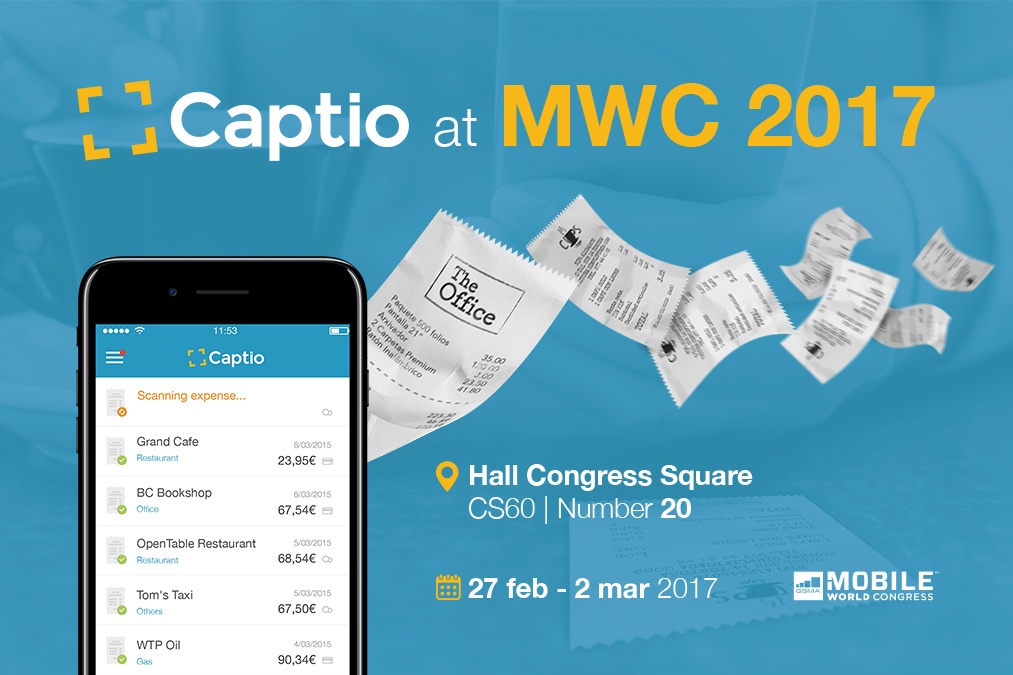The organization of a corporate event is one of a company's best and most effective internal and external marketing tools. But to wring the maximum advantage from it, it is fundamentally important to make it visible not just to those who are invited, but to the widest audience possible. These days, there are numerous strategies that focus principally, although not exclusively, on the internet and social media as the best ways to promote and publicize any corporate event.
Although internet and social networks are fundamental in making an event known, they are not the only way. More "traditional" strategies are also very effective.

Below, we have compiled a list of advice, key ideas and strategies that aim to address the whole spectrum of promotional activities for corporate events.
1) Select the target audience
We are not talking about preparing a mass event - it is more to do with selecting the clients, professionals, guests, speakers and employees who are most suited to achieving the objectives in each case, which first have to be defined as well as possible.
This kind of event is an unbeatable opportunity for high-quality networking, which means that when selecting the guests, each one has to be considered in terms of their prestige and their capacity to influence.
2) Innovate, surprise, seduce...
It is very important to give the guests unique, one-of-a-kind experiences that will stick in their minds. The fact is that this is not so difficult to achieve, it is just a matter of using some imagination and trying to provide that little bit extra, or of getting off the beaten track.
The innovation may be as much to do with the place (the continent) the event is held as with the subject addressed or the actions and activities to be carried out, that is to say, the content. An example of innovation in terms of continent might be to hire an attractive venue (a convent, a lighthouse, a farmhouse, a museum) instead of the usual hotel meeting room as a place to organize a company dinner or for the presentation of a product.
As for content, you can be original both in terms of format, for example by having a series of 'lightning lectures', each one just a few minutes long, or in terms of using the latest technology: videoconferencing, mapping, 2D or 3D videos, holograms, etc.
3) The power is in the detail
In an increasingly impersonal and bureaucratic society, the little extra touches are very much appreciated, and have the added advantage of being cheap. For example: hand-written invites in the form of a post card, using a representative emblem or ornamental detail from an exotic country, a brief personalized video, an internet blog with photos that are either funny or that capture the human side of the event, and so on.
4) Strategies on social networks
As discussed previously, nowadays, promoting an event on social networks is a fundamental part of giving it wider reach and a bigger impact. In order to make the most of social networks it is a good idea to bear in mind the following advice:
-
Choose the networks best suited to the event and the target audience. Facebook, for example, is more general and diverse, but if you need to project a more professional or corporate image, the ideal network is LinkedIn.
-
Establish targets, actions and timelines that are detailed, comprehensive and realistic.
-
Try to measure results as quantitatively as possible: the number of sales to be achieved, contacts made, etc.
-
If possible, create a blog specific to the event or set up a dedicated tab on the company's official website.
-
If you use Twitter decide on a hashtag making sure to describe the event, encourage participants to tweet about it, and even to broadcast it live.
-
Try to use viral marketing for the event, involving the maximum number of employees, bloggers and journalists.
-
Extend the length of the event by giving out information before, during and after it.
-
Stream it in real time on media such as YouTube and Google+, and post it on the web so that it can be watched later on.
-
Prioritize the visual by including photos and videos on Facebook, Instagram, YouTube and Google+. Pinterest, etc.
-
Provide a rapid and fluid feedback with everyone who sends in comments or suggestions.
Online and offline activities are increasingly interrelated, meaning that they tend to interact with and reinforce each other. Therefore, personal contact made with bloggers and internet influencers will always have a positive effect on the viral marketing of an event on social networks. For these reasons, actions taken to promote events must be part of a comprehensive and coherent strategy, addressing every possible online and offline channel in order to ensure a successful promotion and achieve maximum impact.



